Archives of the Living and the Dead
Honoring Carolus Linnaeus
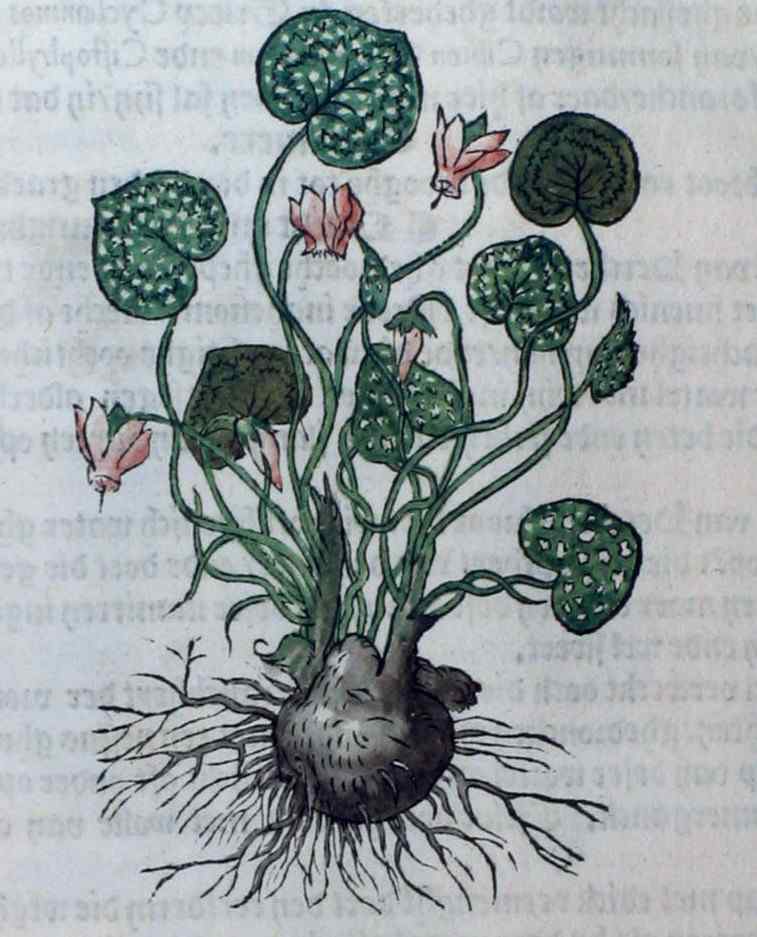
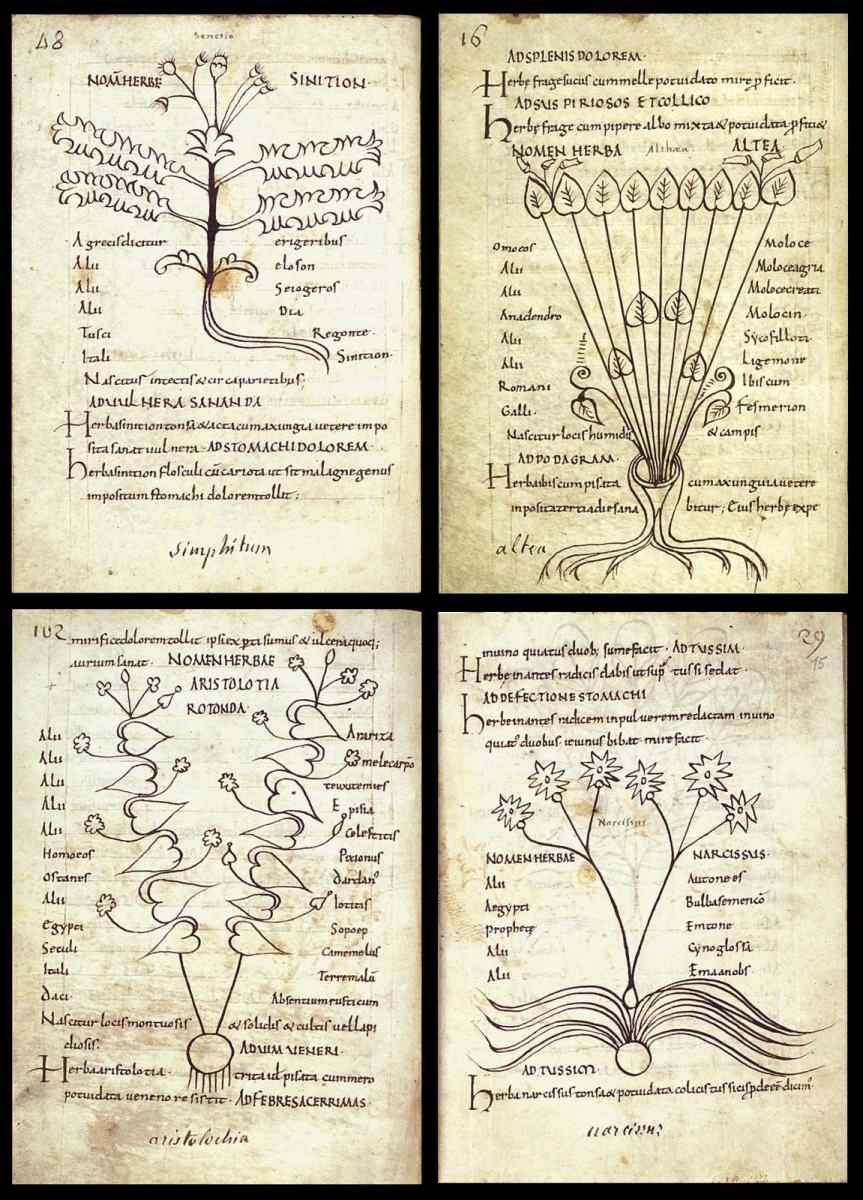
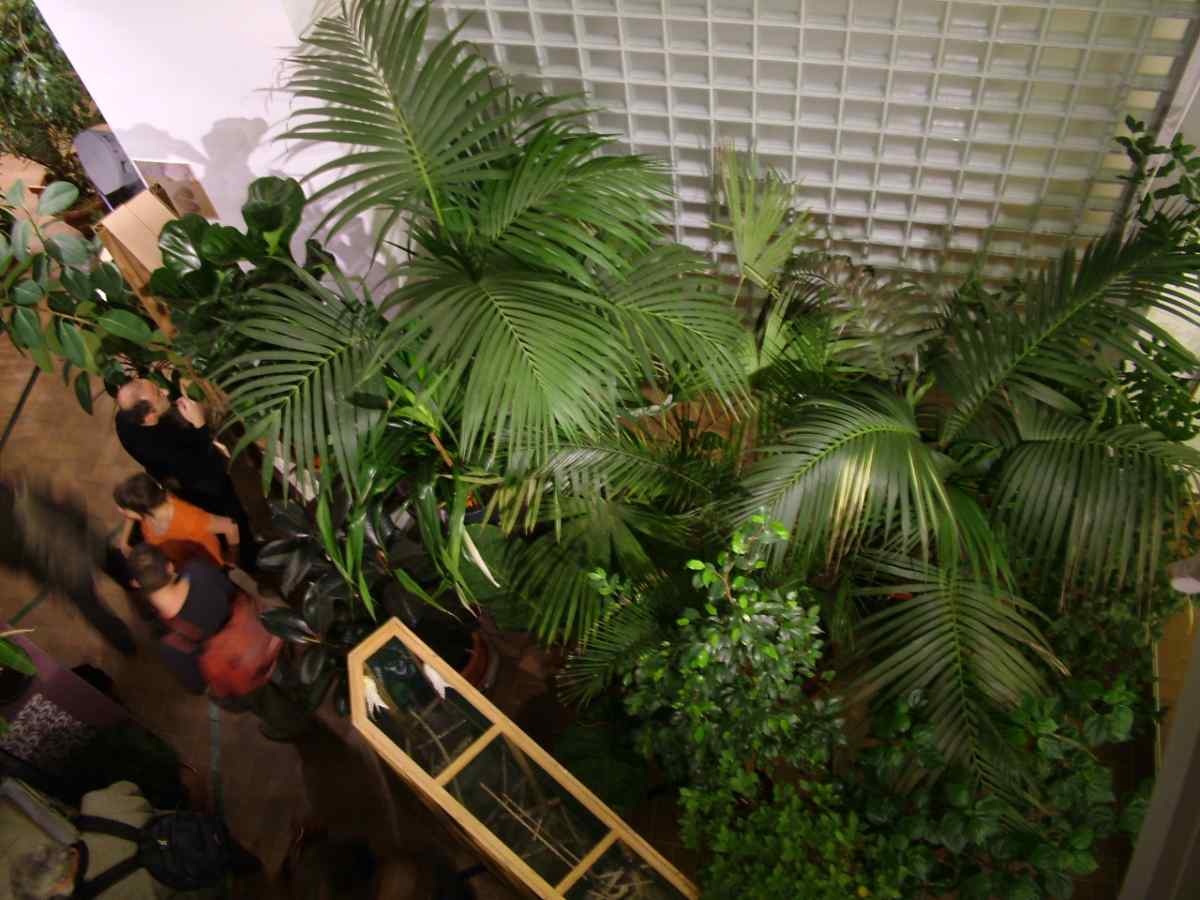
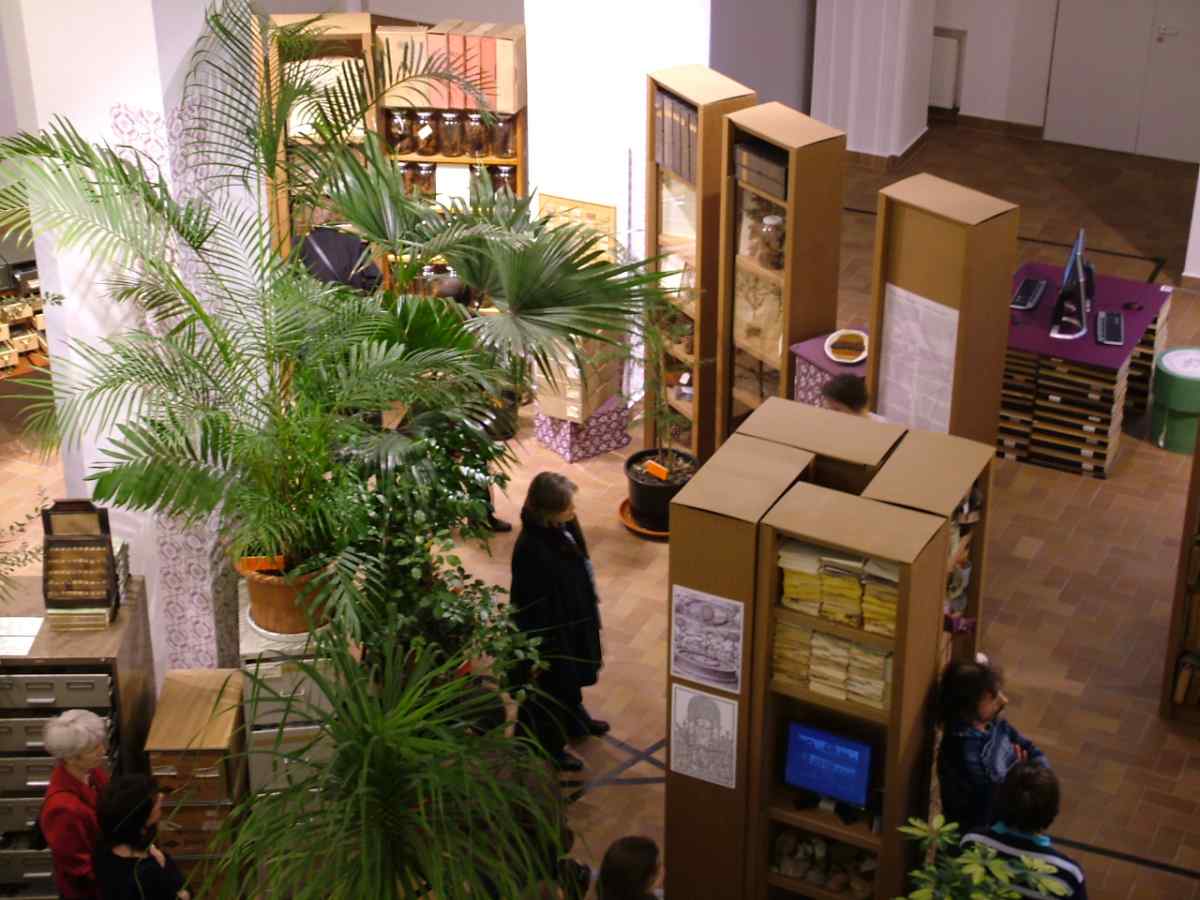
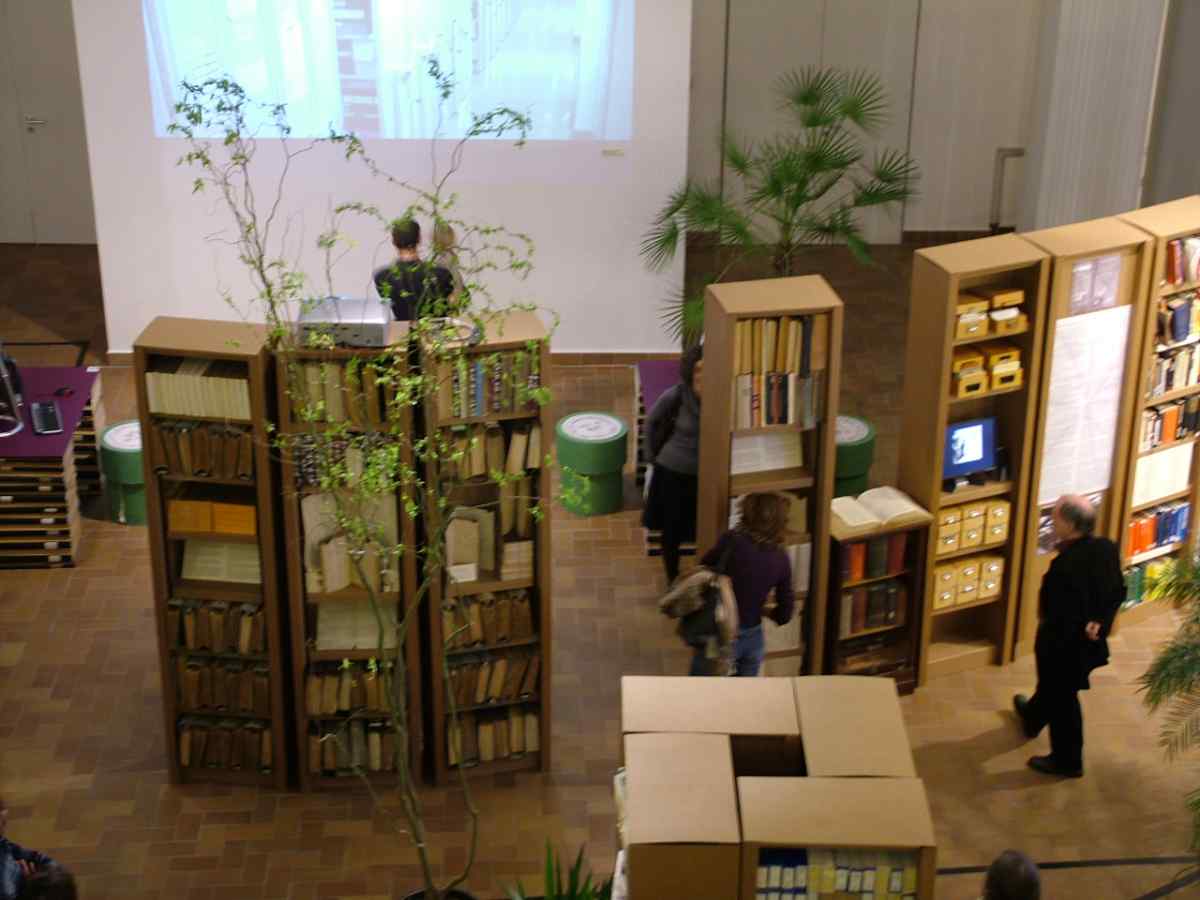
“In the remote pages of a certain Chinese encyclopedia entitled ’Celestial Empire of benevolent Knowledge’ it is written that the animals are divided into: (a) belonging to the emperor, (b) embalmed, (c) tame, (d) sucking pigs, (e) sirens, (f) fabulous, (g) stray dogs, (h) included in the present classification, (i) frenzied, (j) innumerable, (k) drawn with a very fine camelhair brush, (l) et cetera, (m) having just broken the water pitcher, (n) that from a long way off look like flies.”
(The Analytical Language of John Wilkins by Jorge Luis Borges)
OSA Archivum, in collaboration with the Budapest Zoo, organized an exhibition on the relationship between classification/taxonomy and the archive. The show presented three layers of the archive and the corresponding system/logic of classification:
1. The first—three-dimensional—part of the exhibition presented a collection of plants (and animals, mostly or exclusively birds) brought over from the Zoo. The Zoo has been consciously collecting plants from different parts of the world—we are interested mostly, but not exclusively in tropical plants—and helps private individuals, by providing space for those plants that have outgrown the private home. We consider the collection of the Zoo an archive, and exhibited a randomly selected sub-set of that archive at OSA Archivum. The plants—a collection of physical objects—are organized in the Zoo, and were organized at OSA into a collection, showing certain classification principles behind the arrangement. The exhibit has the characteristic of an archive of physical objects—objects and their relation to each other in space. This first order of the exhibition will include proper archival materials as well—we intend to connect the exhibition space with the archival repository with the help of web cameras.
The living organism and the archival artifacts too will be properly designated: named (using the Linnean binomial system) and referenced (using archival references). The Linnean designation will lead to the next layer of the exhibition.
2. The second—two dimensional—order of the presentation concentrated on Linnaeus’ work (on the occasion of the tercentenary of his birth), his taxonomic system, and the nature, the logic and the problems of both the Linnaean taxonomy, and classification in general. This second order of the exhibit presents herbaria, type specimens, illustrations, engravings, photographs, and catalogs. Herbaria and type specimens are presented both as physical objects, and collections and also as containers of information on the physical objects exhibited in the first layer of the exhibition. Whenever possible, finding aids, and card catalogs refer to objects shown in the first part of the exhibition.
The second part of the show intended to be both concrete and abstract as well. The intention is to present objects related both the Linnaeus’s life and work, (artifacts catalogs, herbaria, periodic tables from museum collections) but also to explain the problems connected to classification in general.
3. The third—virtual—part of the exhibit deals with third-order collections and classificatory systems: digital collections, digital catalogs, and collaborative classification projects. The third part deals with the new ways/logic of organizing collections, information, knowledge, and taxonomic projects.
The aim is to show digital collections, like the Human Genome Project, or digital reworking of the Linnaean taxonomy such as the Global Taxonomy Initiative, The Barcode of Life Initiative, the Encyclopedia of Life, the Taxonomic Databases Working Group, and the Tree of Life Web Project.
This part of the show reconnects the biological theme to the proper archival theme. The third order includes new archival and library classification projects such as the Online Computer Library Center that manages the Dewey Decimal system; the ISBN.nu; the aura (Advanced User Resource Annotation) Project; Thinglink; and not least the Institute of Record, a work in progress of OSA Archivum that aims at establishing a distributed collaborative digital historical archive.